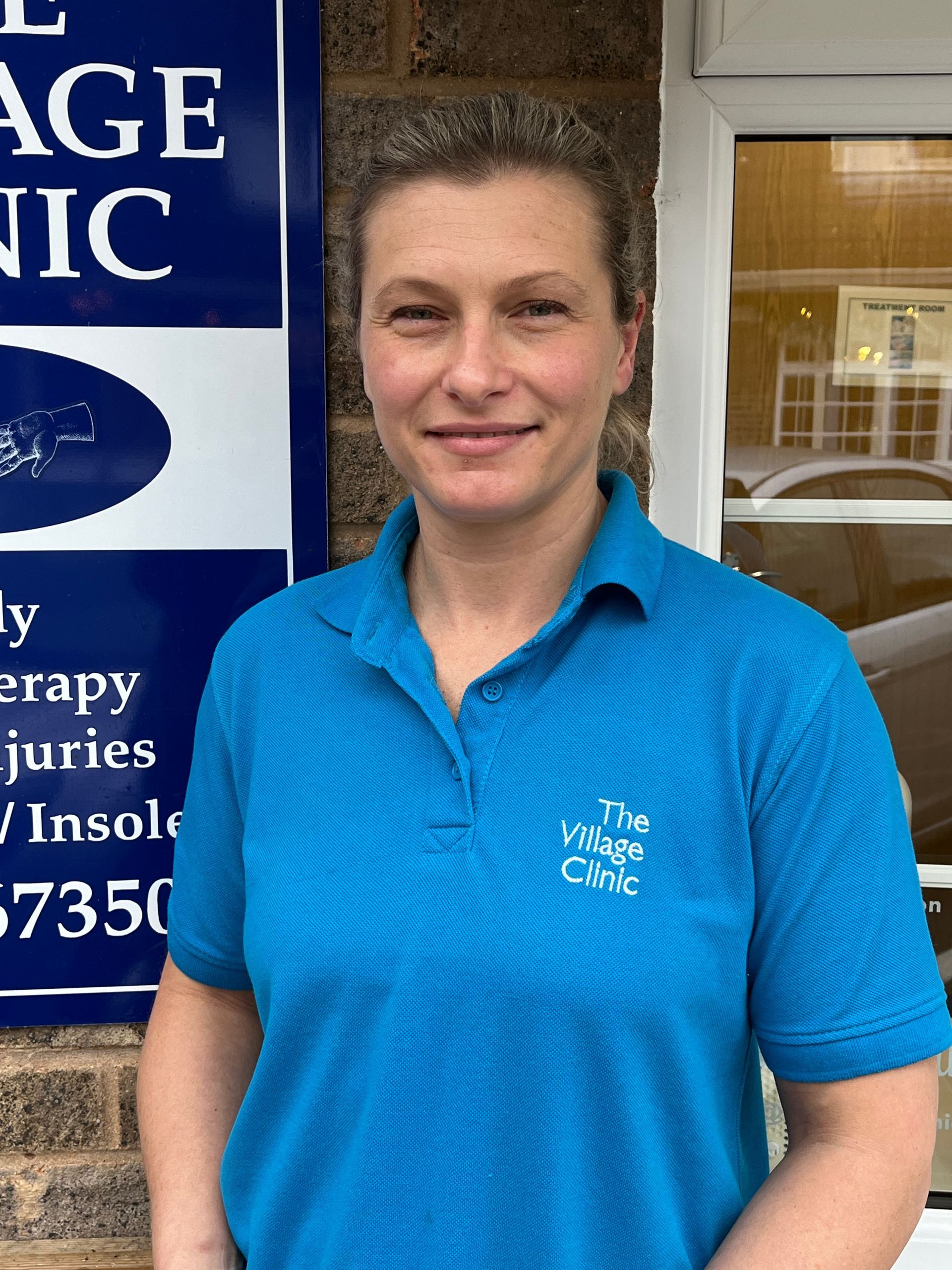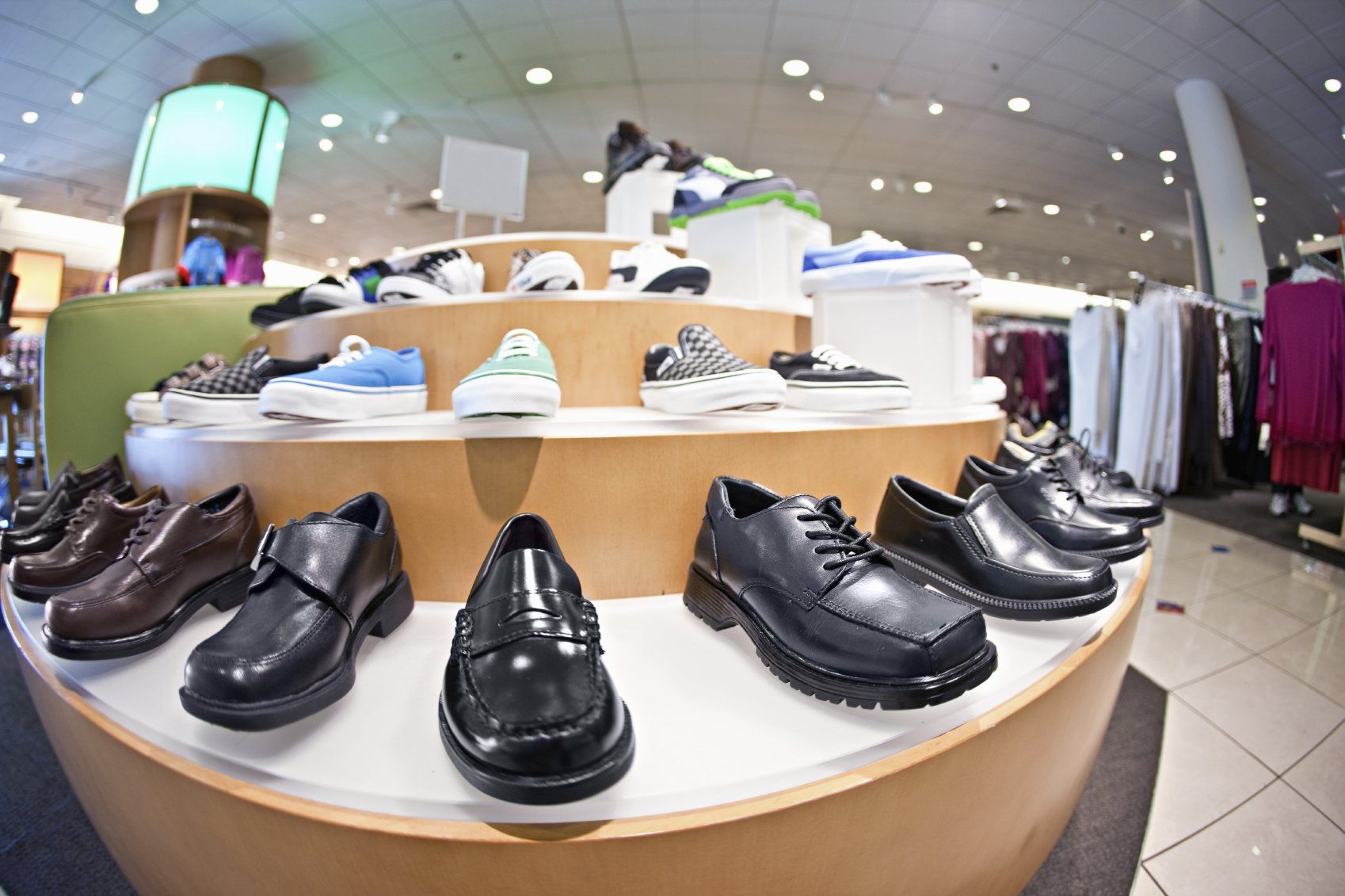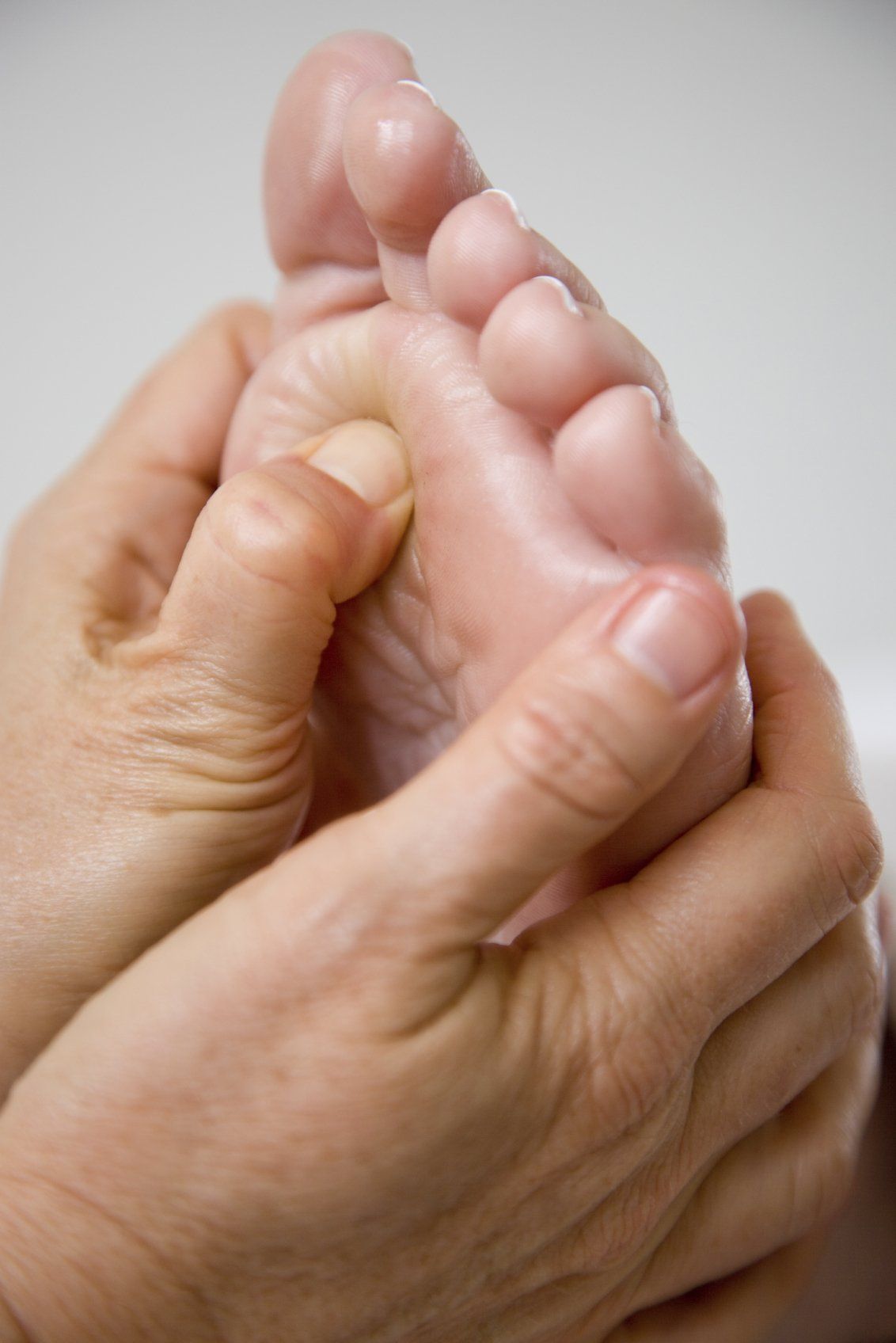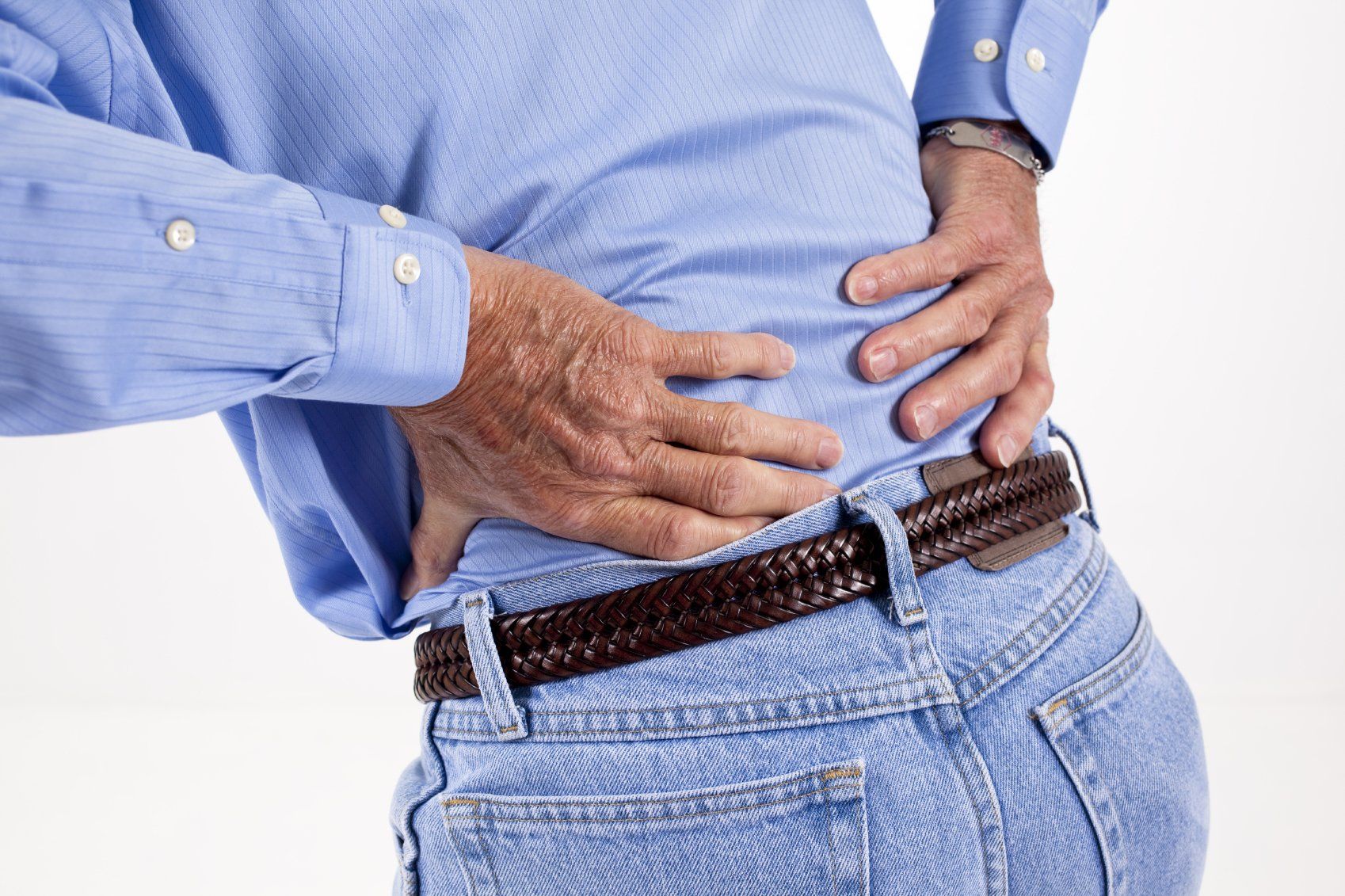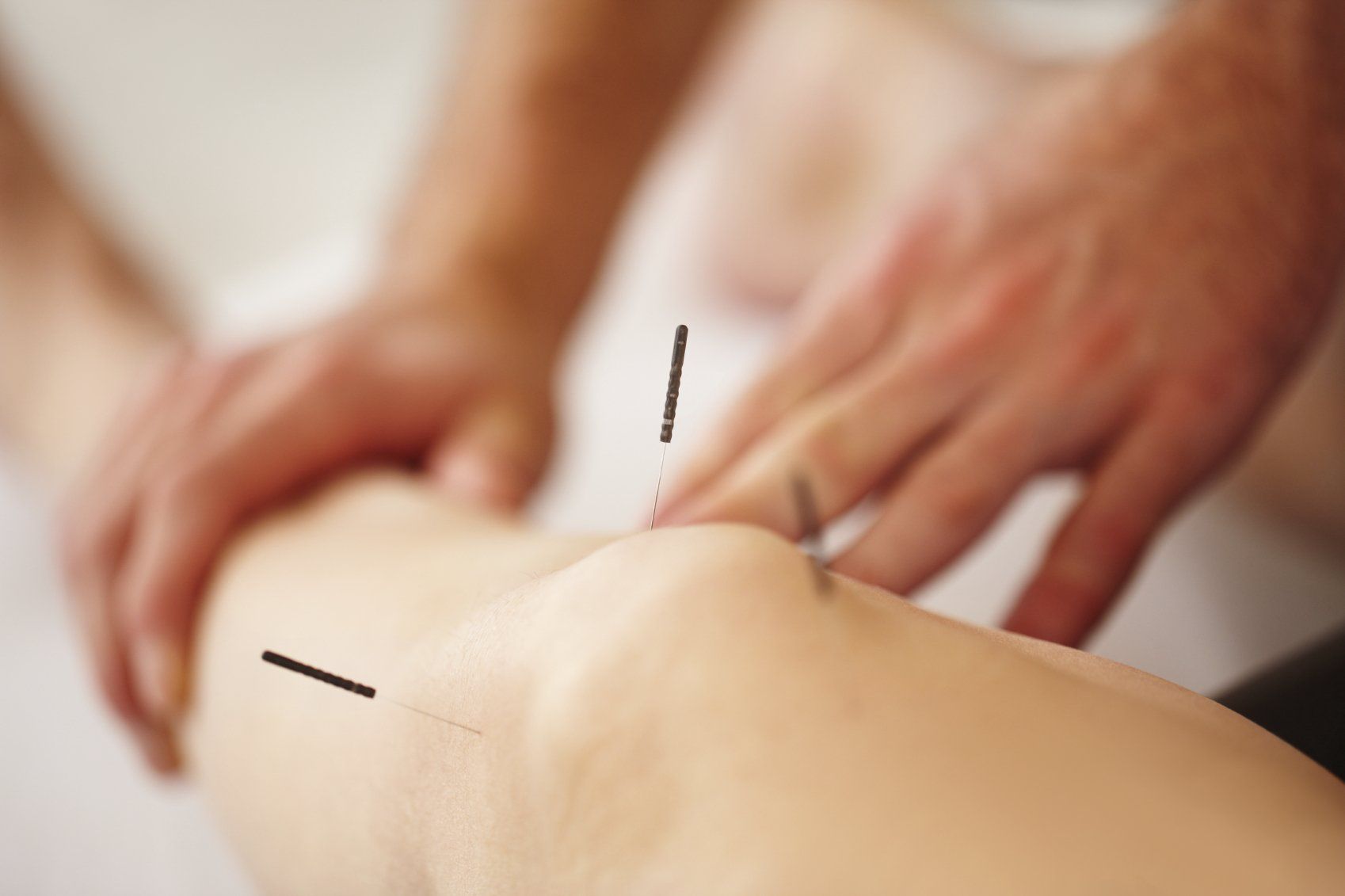Falls
Fact: 1 in 3 older adults fall every year often resulting in injuries that cause loss of independence and mobility as well as a loss in confidence

After the age of 35 bone density loss slowly increases making bones weaker. This is part of the natural aging process. Bone density loss is faster in women for several years following the menopause so older ladies are more at risk of falling. Bone is a living tissue that can be improved through specific exercises and our physiotherapists can advise you on activities to suit your need.
The good news is that getting older does not automatically mean you are going to fall – improving your activity levels can help dramatically.
What are the risk factors to falling?
-smoking,
-drinking more than 3 units a day
-being inactive.
How can The Village Clinic Physio team help?
-We can help providing a well-designed exercise programme, tailored to yourself, which involves strength, balance, and functional exercises, designed to reduce your chance of falling.
-We can help you get more active: weight bearing exercises such as walking / dance can help strengthen your bones (weight bearing exercises are any exercise in which you are supporting your own body weight).
-For those less active there are starter exercises that you can do just with the use of a chair. These is no need for expensive equipment!
Lynne’s top tips to prevent falls:
· Avoid rugs and slippers without backs
· Have good lighting on your stairs and in your bedroom
· Have your eyesight checked regularly
· Have your hearing checked regularly – problems with ears can affect balance
· Wear sensible, well fitting, flat shoes
· Try not to carry too much
· Keep hydrated – if you are dehydrated this can make you feel lightheaded
· Get regular medication reviews with your GP surgery
· Eat healthily and ensure your diet includes enough calcium and vitamin D
· Do regular weight bearing exercises, e.g., walking, gardening
REMEMBER FALLS CAN BE PREVENTED
If you have any questions about how to increase your activity levels and increase your confidence to get moving again, please do contact physiotherapy at the Village Clinic 01242 673507 mail@villageclinic.co.uk.


